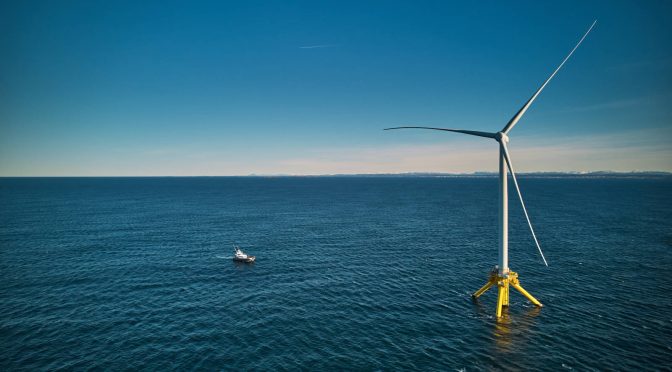The potential of offshore floating wind farms in developing countries is a topic that has gained significant attention in recent years. As the global demand for clean and sustainable energy sources continues to grow, the need for innovative solutions to harness renewable energy becomes increasingly crucial. Offshore floating wind farms present a promising opportunity for developing countries to tap into the vast and largely untapped potential of wind energy.
Offshore floating wind farms are a relatively new concept in the renewable energy sector. Unlike traditional offshore wind farms, which are anchored to the seabed, floating wind farms are mounted on floating platforms. This allows them to be installed in deeper waters, where wind speeds are generally higher and more consistent. As a result, floating wind farms have the potential to generate significantly more energy than their fixed-bottom counterparts.
Developing countries, in particular, stand to benefit greatly from the adoption of offshore floating wind farms. Many of these nations have vast coastlines with abundant wind resources, making them ideal locations for the installation of such technology. Additionally, the relatively low cost of labor and materials in these countries can help to offset the higher initial investment required for floating wind farm infrastructure.
One of the primary advantages of offshore floating wind farms is their ability to be deployed in deeper waters. This not only allows for access to stronger and more consistent wind resources but also helps to mitigate some of the common challenges associated with traditional offshore wind farms. For example, concerns about the visual impact of wind turbines on coastal landscapes and the potential disruption to marine life can be significantly reduced by moving the turbines further out to sea.
Furthermore, offshore floating wind farms can help to address some of the energy challenges faced by developing countries. Many of these nations struggle with unreliable and insufficient power supplies, which can hinder economic growth and development. By harnessing the power of offshore wind, these countries can diversify their energy mix and reduce their reliance on fossil fuels, leading to a more stable and sustainable energy future.
The potential of offshore floating wind farms in developing countries is not without its challenges, however. One of the primary barriers to widespread adoption is the relatively high upfront cost of the technology. While the cost of floating wind farm infrastructure has decreased in recent years, it remains higher than that of traditional fixed-bottom offshore wind farms. This can make it difficult for developing countries to secure the necessary funding to invest in such projects.
Additionally, the lack of experience and expertise in the design, installation, and maintenance of offshore floating wind farms can pose challenges for developing countries. To overcome these hurdles, it is essential for governments, private investors, and international organizations to collaborate and provide the necessary support and resources to help these nations develop their offshore wind potential.
Despite these challenges, the potential benefits of offshore floating wind farms in developing countries are too significant to ignore. By tapping into this untapped resource, these nations can not only contribute to global efforts to combat climate change but also improve their own energy security and foster economic growth. As the technology continues to advance and costs decrease, it is likely that we will see an increasing number of offshore floating wind farms being deployed in developing countries in the coming years.
In conclusion, offshore floating wind farms present a promising opportunity for developing countries to harness the power of their abundant wind resources. By overcoming the challenges associated with the technology and investing in the necessary infrastructure, these nations can unlock the vast potential of offshore wind energy and contribute to a cleaner, more sustainable future for all.

